As the former President and CEO of Kansas City Southern Railroad, David Starling has always found alternative energy sources intriguing. So, when he had a custom office/garage added to his property, he decided to include solar panels on top of his new DaVinci Roofscapes synthetic shake roofing.
“Solar, wind and nuclear energy sources are all necessary to move us away from fossil fuels,” says Starling. “About 40% of the roof on our new structure faces south. That’s great exposure to capture and harness the sun’s energy.”
The Starling’s house was built in 1985 in Fayetteville, Arkansas. The family purchased the property in 2014. Sometime in the almost three decades beforehand, the previous homeowner changed the roofing to an Autumn-colored DaVinci Multi-Width Shake.
“We added another 1,000 square feet of space after purchasing the home,” says Starling. “Naturally, we stayed with the same synthetic shake shingles. We love the look of the roof material. In addition, we appreciate its long-term warranty.”
Over the years, the Starlings have added to their estate. A variety of buildings now boast DaVinci shingles. These include the main house, cabana and separate garage. There’s also a she-shed and now the new office/garage.
Designing the New Addition
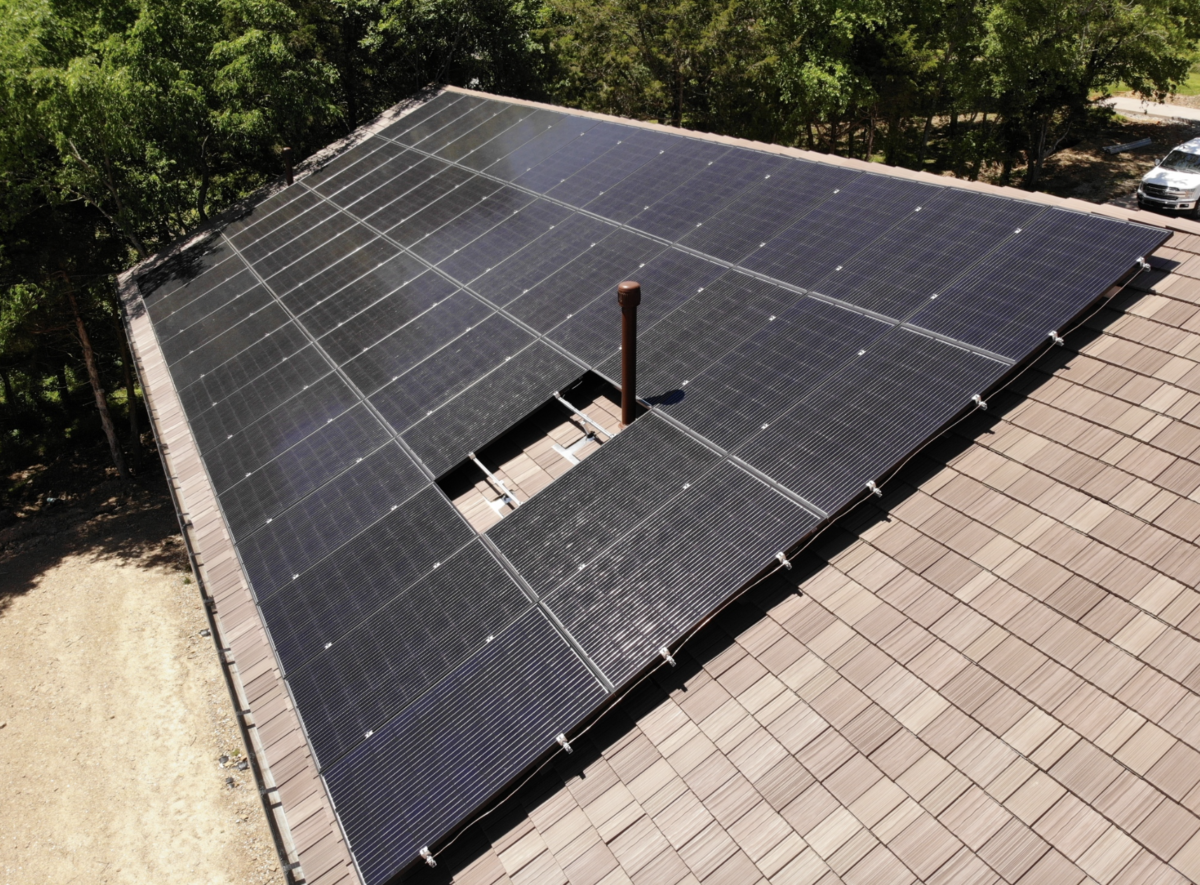
Architect Albert Skiles designed the new space that’s 38 feet wide and 92 feet long. There are four symmetrical bays in the office/garage to match the home’s style. In addition, there’s a set of floating stairs to a second floor.
“David was quite clear,” says Skiles, with Skiles Architect out of Fayetteville. “He wanted the same DaVinci roofing as on the rest of the structures. This is the first time we’ve worked with these composite shakes. They look really great on the new structure.”
The team at MidCon Exteriors installed the roofing shingles on the new office/garage. “This was an educational challenge for us,” says Connor Jones with MidCon Exteriors out of Lowell, Arkansas. “For instance, the architect’s design called for solar panels on the southern slopes. We worked with the solar panel company. This way we found the best way to install the panels over the synthetic shakes.”
The solution was to attach the panels using the QBase Composition Mount from IronRidge. “It’s important to note that we didn’t want to penetrate the DaVinci tiles with a lag screw,” notes Jones. “That would compress the composite tile. A cavity would be created that we didn’t want. It could hold water and eventually leak. We went another route.”
“This base allowed us to mount the post and flashing like a traditional flashing,” Jones continues. “There was no screwing down from on top of the installed tiles. We feel confident that this final assembly will match the longevity of the DaVinci shakes.”
Solar Panel Selection
After the synthetic shake roofing was installed, it was time for the solar panels. There were 55 panels manufactured by Mission Solar for the structure. Each one of the MSE PERC 60 has 60-cell solar modules. Each module is fitted with module level electronics called an “optimizer.” The optimizer maximizes the output of each individual PV module. And, it enables monitoring of the system down to module level.
The MSE PERC 60 is a 60-cell white backed sheet solar panel. It has a 310-watt power output. The system is engineered with PERC (Passivated Emitter and Rear Cell) technology.
The team at Stellar Sun installed the solar system on the new roof. “This system is classified as a ‘straight’ net metering facility,” says Bill Ball, owner of Stellar Sun. “This is typically the most efficient and economic approach used for solar panels in Arkansas. For instance, the Starling’s system will produce around 2,000 kWh per month. There will be a slow degradation of one-half percent per year. This will happen over the expected 25-plus year life of the facility.”
Ball says that a residential solar facility in Arkansas will typically recapture its initial investment in 10 to 12 years. “Choosing a solar panel system is a solid investment,” says Ball. “In this situation, it allows the new structure on David’s property to help make itself self-sufficient from an energy standpoint.”
TEAM
Architect: Skiles Architect, Fayetteville, Arkansas, skilesarchitect.com
Roofing Contractor: MidCon Exteriors, Lowell, Arkansas, midconexteriors.com
Solar Installer: Stellar Sun, Scott, Arkansas, stellarsun.com
MATERIALS
Composite Shake: Multi-Width Shake, DaVinci Roofscapes, davinciroofscapes.com
Solar Panels: MSE PERC 60, Mission Solar, missionsolar.com
Solar Attachment: QBase Composition Mount, IronRidge, ironridge.com
Solar Panels and Synthetic Roofing
During the searing summer days, one of the hottest questions that the customer and technical services departments at DaVinci Roofscapes gets deals with an alternative source of energy: the sun. In a nutshell, “What’s the best way to add solar panels to DaVinci synthetic roofing?”
“Consumers are increasingly interested in solar panels for their homes,” says Eric Salvesen, senior technical services representative for DaVinci Roofscapes. “I get calls from people who already have DaVinci roofs who wish to add solar panels. Similarly, I also get phone calls from homeowners who are researching new roofs. They want to know if solar panels can be added on to DaVinci roofs during installation.”
According to Salvesen, the second option is always the easiest.
“When you’re installing a new roof, that’s the very best time to make any additions to it,” says Salvesen. “Whether it’s a snow retention system or solar panels, it’s easiest to design and install them when the roof goes up. That doesn’t mean they can’t be retrofitted in, but installation at the same time as the roof is installed is just the most straightforward method.”
Steps for Solar Panel Success
Homeowners who already have a composite slate or shake roof — or are looking to get one installed — should be encouraged to talk with the technical department at their solar panel manufacturer. That company needs to know the exact roof type they have, and the roofing manufacturer.
“We always recommend homeowners and roofers consult with the solar manufacturer,” says Salvesen. “They make components for different roofing products. You want to make sure the solar panel contractor uses the right components for a DaVinci roof to get a successful installation. For example, a wider base flashing plate is needed for our component product than for an asphalt roof. This helps assure that leakage will not occur into the attic space.”
Once at a home, a solar contractor will install mechanical hardware around the roof tiles. On the roof, rails are then installed horizontally. A track is set up on the rails, and then the solar panels go on the track.
“From the volume of calls I receive, I believe we’ll see an increase in solar panels included with our DaVinci roofs on future homes,” says Salvesen. “What’s important for homeowners to know is that adding these solar panels will not negatively impact their DaVinci roof warranty.
“However, it’s critical that the solar contractor drilling holes in the roof for the mechanical hardware do not cause leaks or problems at that installation site. Anything related to those areas will not be covered by the DaVinci warranty. So as long as people guarantee that their solar contractor is using the correct mechanical hardware for our DaVinci product, they should go ahead and let the sun in!”

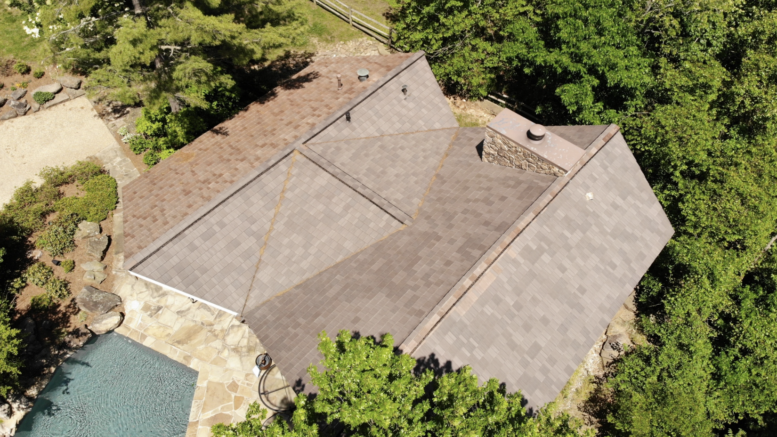
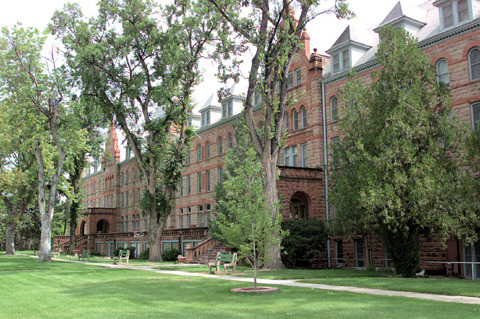
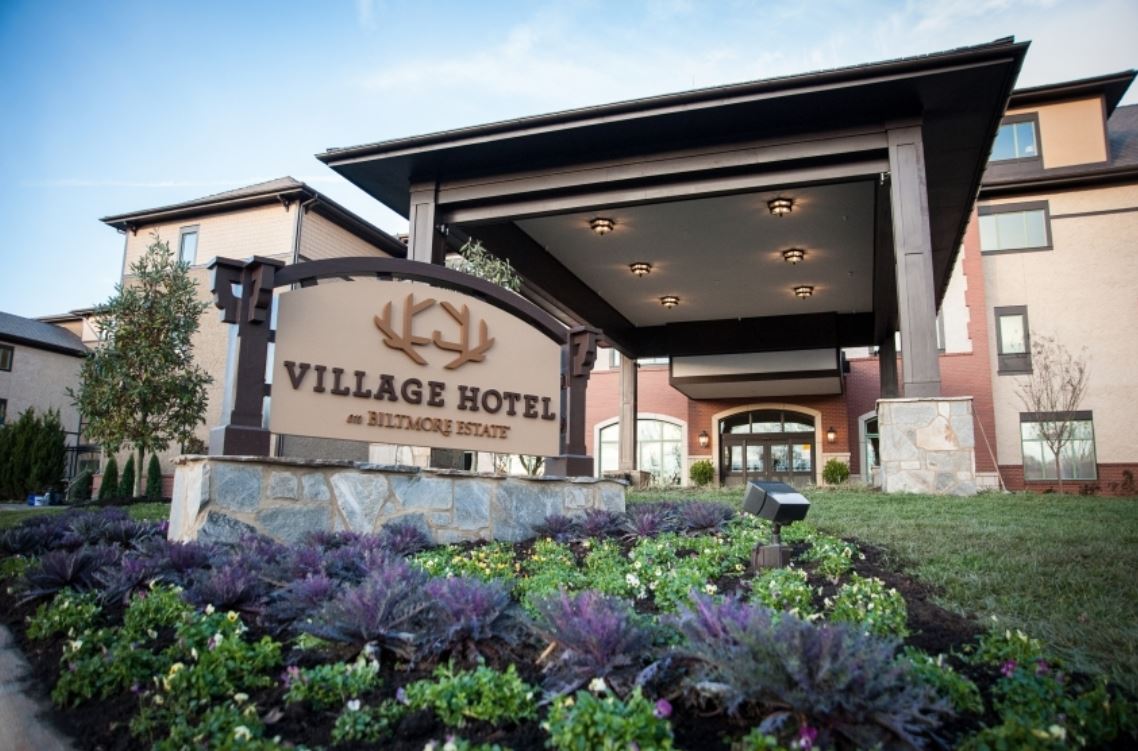
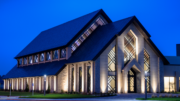
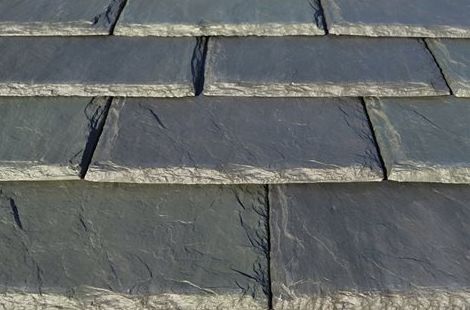
Be the first to comment on "Solar Panels Added to Synthetic Shake Roof on Estate’s New Office/Garage"